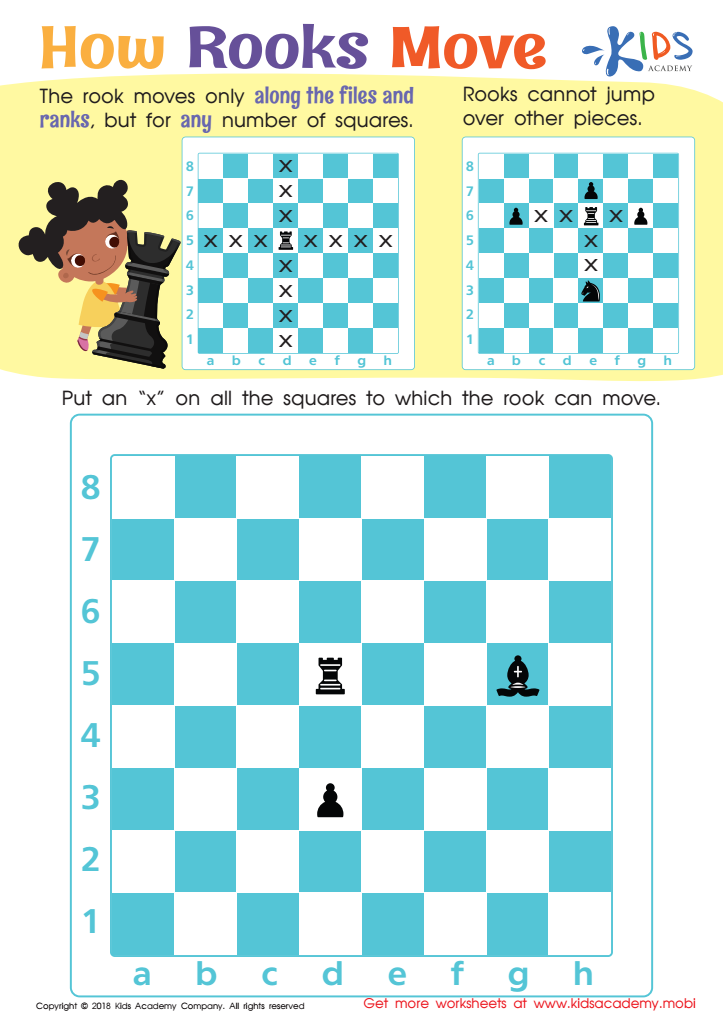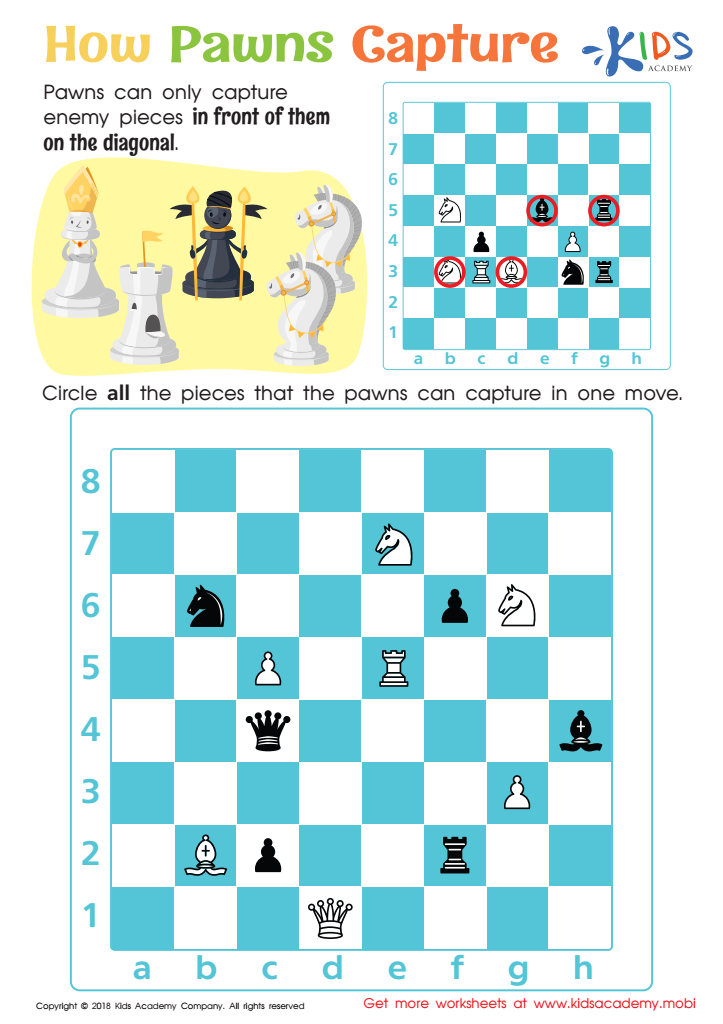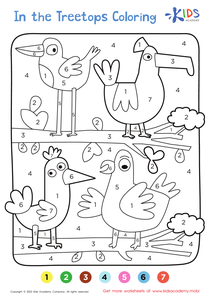Understanding chess rules Grade 1 Worksheets
7 filtered results
-
From - To
Introducing "Understanding Chess Rules Grade 1 Worksheets," an engaging way for young learners to dive into the world of chess! These worksheets are designed to teach first-graders the fundamental rules of the game in a fun and interactive manner. Through varied activities like matching pieces, identifying moves, and practicing concepts, students will enhance their problem-solving skills and critical thinking. Each worksheet is thoughtfully crafted to foster a love for chess while promoting cognitive development. Perfect for classroom use or at-home learning, these worksheets are an excellent resource for educators and parents alike, setting the foundation for future strategy games. Start your chess journey today!


How Rooks Capture Worksheet


How King Moves Worksheet


How Rooks Move Worksheet


How Queen Captures Worksheet


Check. Checkmate or Stalemate? Worksheet


Castling No–no's: Part 1 Worksheet


How Pawns Capture Worksheet
Understanding chess rules at the Grade 1 level is vital for parents and teachers for several reasons. First, chess enhances critical thinking and problem-solving skills. By learning the rules, children develop the ability to analyze situations, make strategic decisions, and anticipate consequences—core skills crucial for academic success and everyday life.
Second, chess promotes social skills and emotional intelligence. As students engage in games, they learn to handle both victory and defeat gracefully, fostering resilience, patience, and good sportsmanship—traits that are essential for personal growth.
Moreover, introducing chess at an early age can improve focus and attention span. The game requires concentration, which can translate into better performance in other subjects once children learn to pay attention for longer periods.
Additionally, chess can instill a sense of cultural knowledge and history. Understanding the game's origins can enrich a child's appreciation for different cultures, sparking curiosity and open-mindedness.
Lastly, engaging students in chess offers a fun, intellectually stimulating activity, breaking the monotony of traditional learning methods. Parents and teachers’ involvement in teaching chess rules not only enriches children’s learning experiences but also empowers them with lifelong skills.
 Assign to My Students
Assign to My Students




.jpg)











